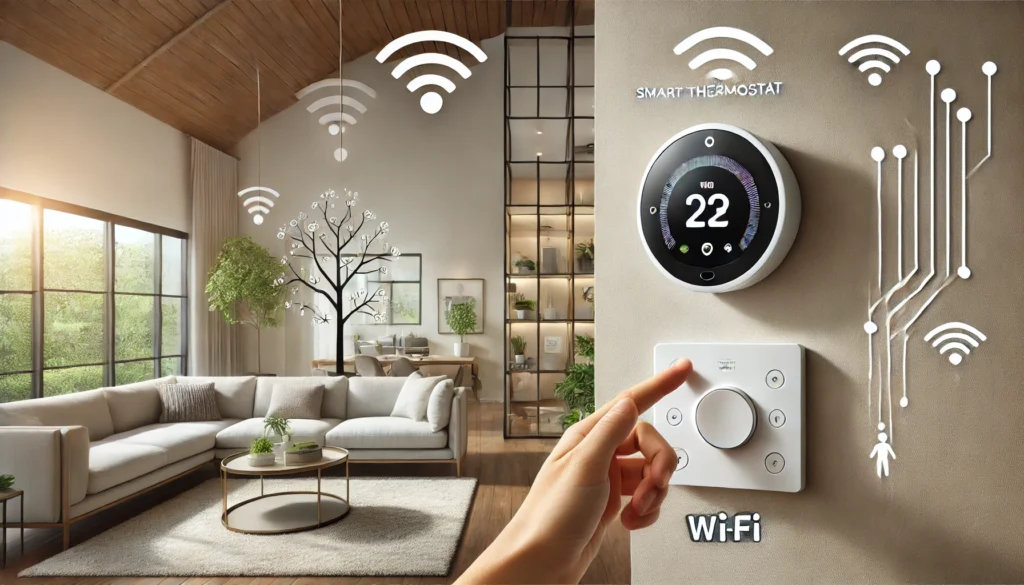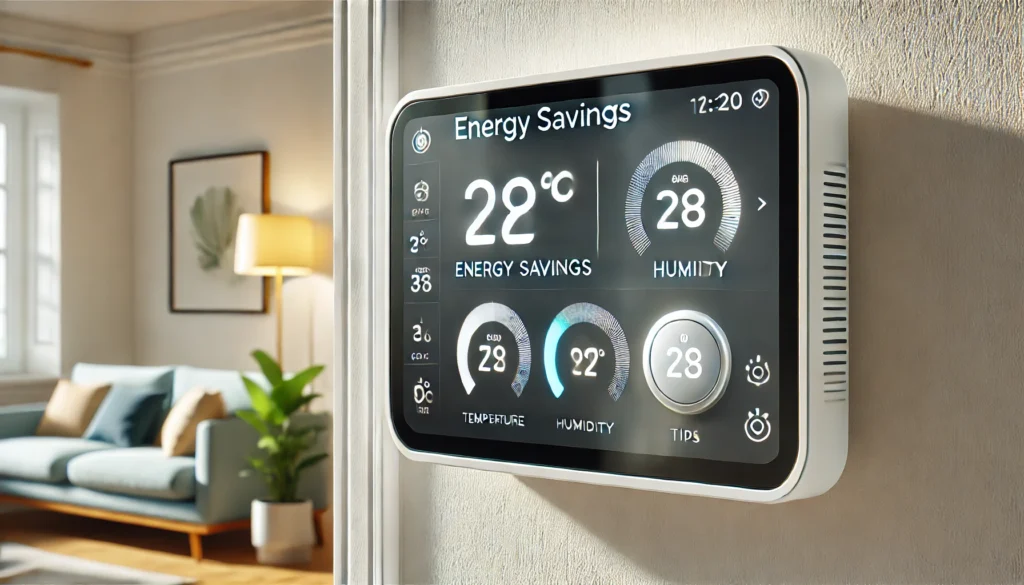Smart Thermostats: The Future of Home Climate Control
The modern home is evolving, and with the advent of smart technology, controlling your home’s climate has never been easier. Smart thermostats are revolutionizing the way we manage heating and cooling systems, offering convenience, energy savings, and advanced features like remote control. For homeowners in Watford, Hemel Hempstead, Borehamwood, and surrounding areas, Madsan Electrical provides professional installation of smart thermostats for just £120.
What is a Smart Thermostat?
A smart thermostat is a Wi-Fi-enabled device that allows homeowners to control the temperature of their homes remotely. Whether you’re at work or on vacation, you can adjust your home’s heating or cooling system from your smartphone or another internet-enabled device. These thermostats learn your preferences and can automatically adjust to optimize comfort and save energy.

Why Install a Smart Thermostat?
Here’s why upgrading to a smart thermostat is a smart choice for homeowners:
- Energy Efficiency: Smart thermostats adjust based on your habits, helping reduce energy usage by managing temperature settings when you’re not home.
- Cost Savings: By optimizing energy usage, you can save on monthly utility bills. Many smart thermostats also qualify for energy rebates.
- Remote Control: With Wi-Fi connectivity, you can control your home’s climate from anywhere, ensuring comfort when you arrive.
- Learning Capabilities: These devices adapt to your schedule, automatically adjusting temperatures without the need for manual input.
Smart Thermostat Installation by Madsan Electrical
If you’re in Watford, Hemel Hempstead, Borehamwood, Barnet, Enfield, Potters Bar, St Albans, Hatfield, Welwyn Garden City, Harpenden, Stevenage, or surrounding areas, Madsan Electrical can professionally install your smart thermostat for just £120. Our skilled electricians ensure quick, efficient, and safe installations, providing you with the convenience of smart technology in your home.

Features of a Smart Thermostat
Here are some key features of modern smart thermostats:
- Wi-Fi Connectivity: Control your home’s temperature from anywhere using a smartphone or tablet.
- Learning Capabilities: Automatically adjusts temperature based on your daily habits and preferences.
- Energy-Saving Modes: Automatically reduces energy usage when you’re away, saving you money on utility bills.
- Smart Home Compatibility: Sync with smart home systems like Google Home or Amazon Alexa for voice control.

Easy Installation Process
At Madsan Electrical, we make the installation process easy. Once installed, you can enjoy the benefits of a smart thermostat, managing your home’s temperature remotely. Here’s how the process works:
- Initial Consultation: We assess your current thermostat setup and recommend the best smart thermostat for your needs.
- Installation: Our team installs the smart thermostat, ensuring it’s properly connected to your heating and cooling system.
- Setup: We help you connect the thermostat to your Wi-Fi and walk you through how to use the app for remote control.
- Post-Installation Support: We ensure you’re comfortable using your new device and answer any questions you may have.
Upgrade Today with Madsan Electrical
Take control of your home’s climate with a smart thermostat and enjoy comfort, energy savings, and the latest in-home technology. For only £120, Madsan Electrical will professionally install your smart thermostat in Watford, Hemel Hempstead, Borehamwood, and nearby areas. Contact us today to schedule your installation.


